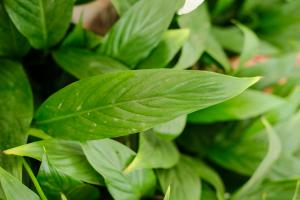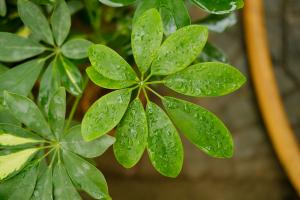1、 Curing method
1. Temperature: Miniature Rose likes to be warm. The most suitable temperature is 15 to 26 degrees. However, try to be a little lower at night. It's better to be at 10 to 15 degrees. When the surrounding environment is below five degrees, it will sleep and need to be adjusted in winter. In addition, it should not be higher than 35 degrees in summer, otherwise it will affect flowering
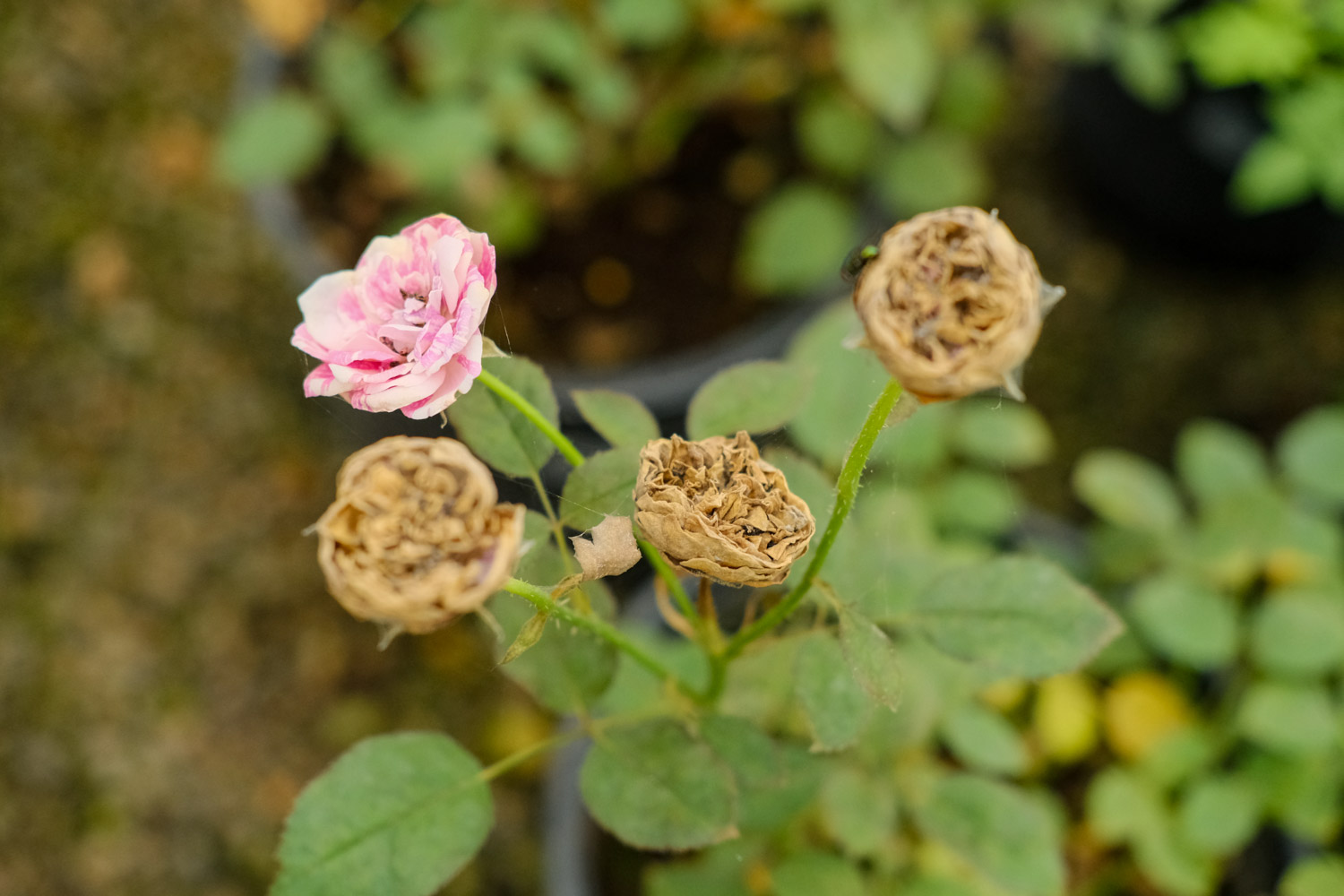
2. Light: Miniature Rose is a kind of light loving plant. It can blossom better only if it provides sufficient sunshine time. However, when the temperature is very high, in order to ensure its safety, it can not be placed in places with too strong sunshine, especially direct light
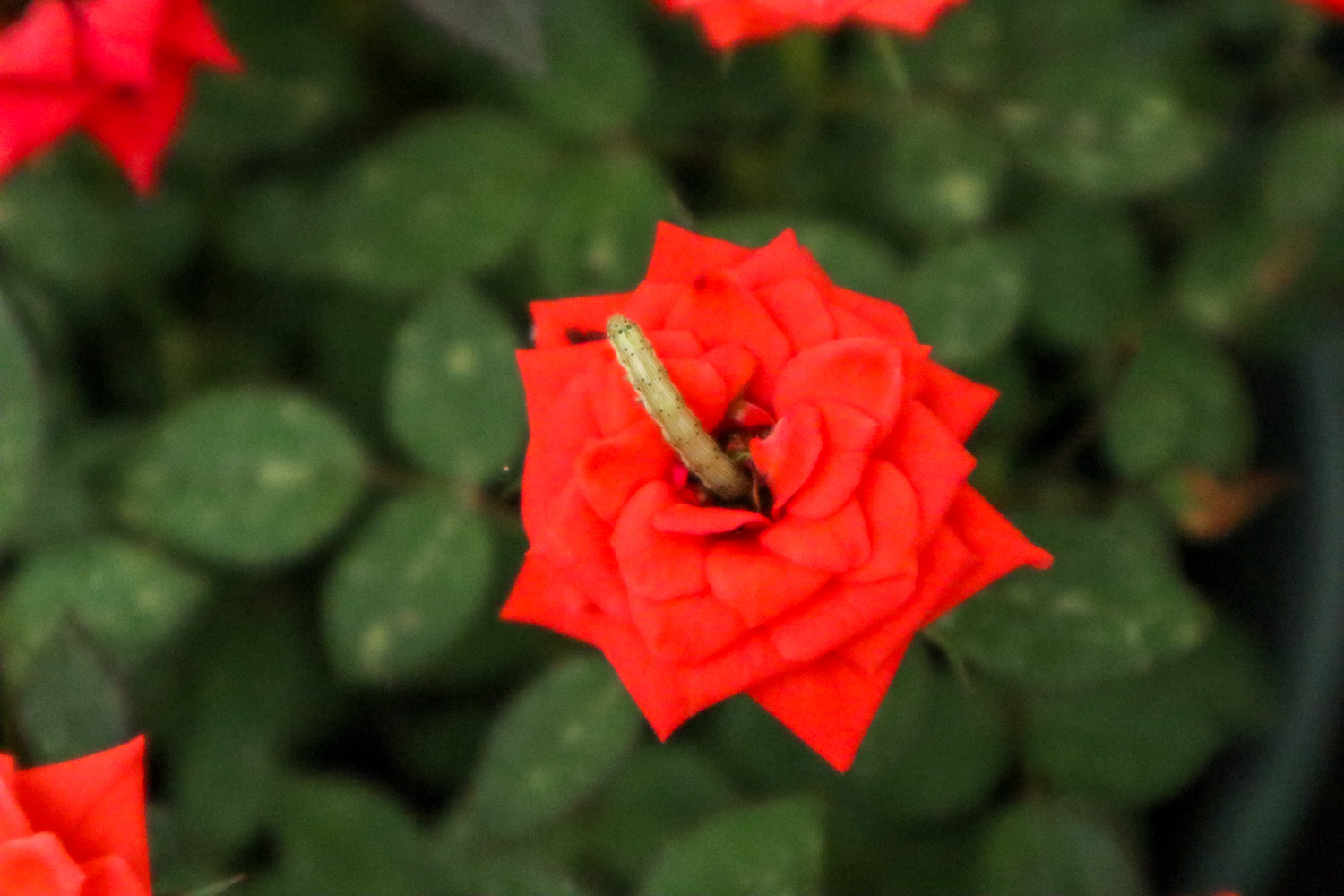
3. Watering: Miniature Rose likes to be wet, but it is also afraid of ponding. It needs more water during growth and flowering, and it needs to be kept moist. In addition, you have to spray some water properly in the hot season. Don't pour too much water in winter

4. Fertilization: it has certain requirements for fertilizer. Base fertilizer is more important, and then topdressing can be done once every two weeks. Phosphorus fertilizer and potassium fertilizer are more important at flowering stage. However, considering that its volume will not be too large, the amount of fertilizer should not be too much
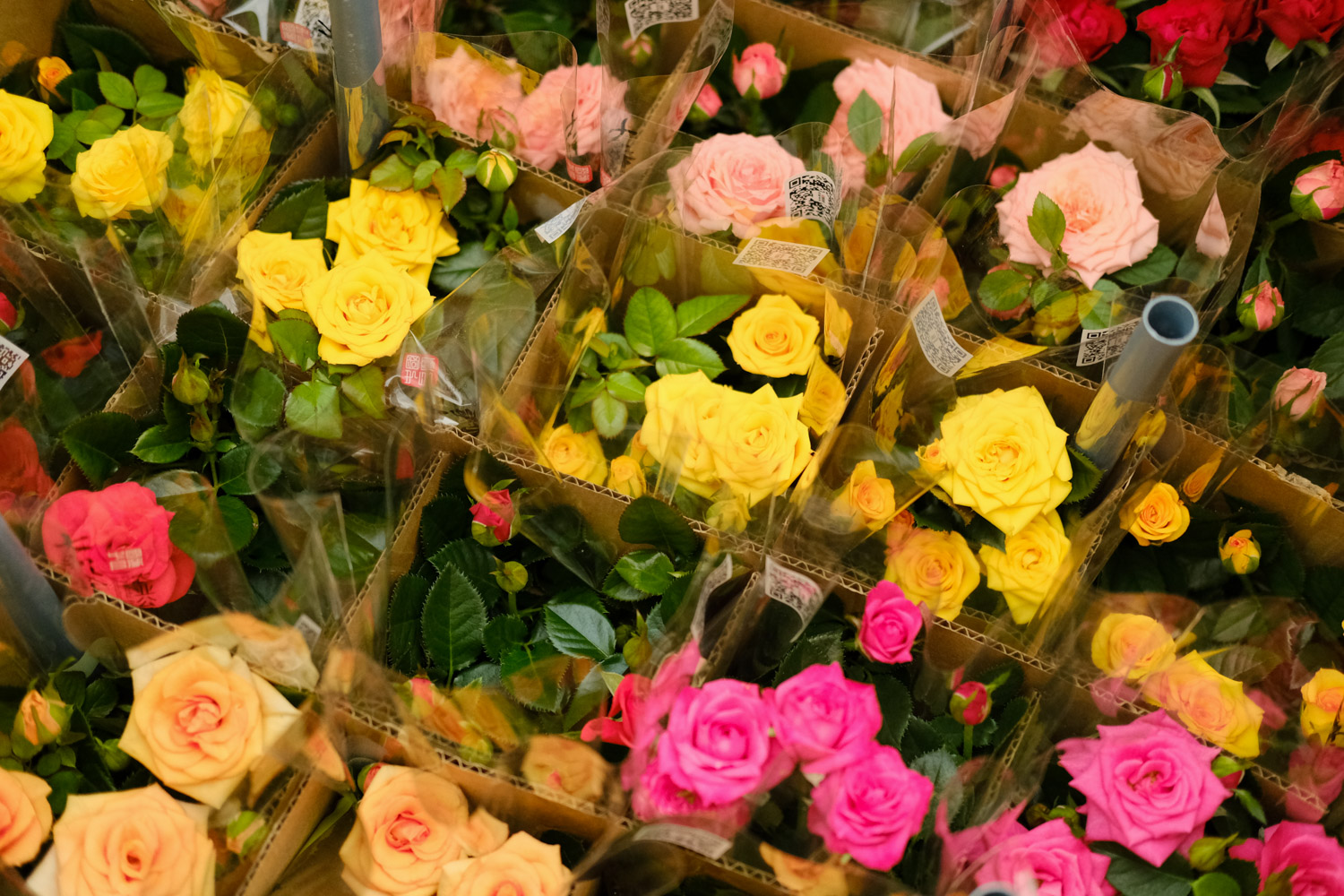
2、 Breeding skills
1. Propagation: cutting method can be used. It is usually carried out in the early spring or the late autumn. Mature and robust branches with three or four buds are selected as materials. Twigs can also be used, but the requirements for the subsequent environment will be more strict. After cutting, shade and keep moist. Generally speaking, the survival rate is 70-80%, and it can take root after 30 days

2. Pruning; After flowering, be sure to cut off the dried flower buds. After opening a flower, it is best to conduct comprehensive pruning, but the degree should not be too large. Just cut off all kinds of inappropriate branches
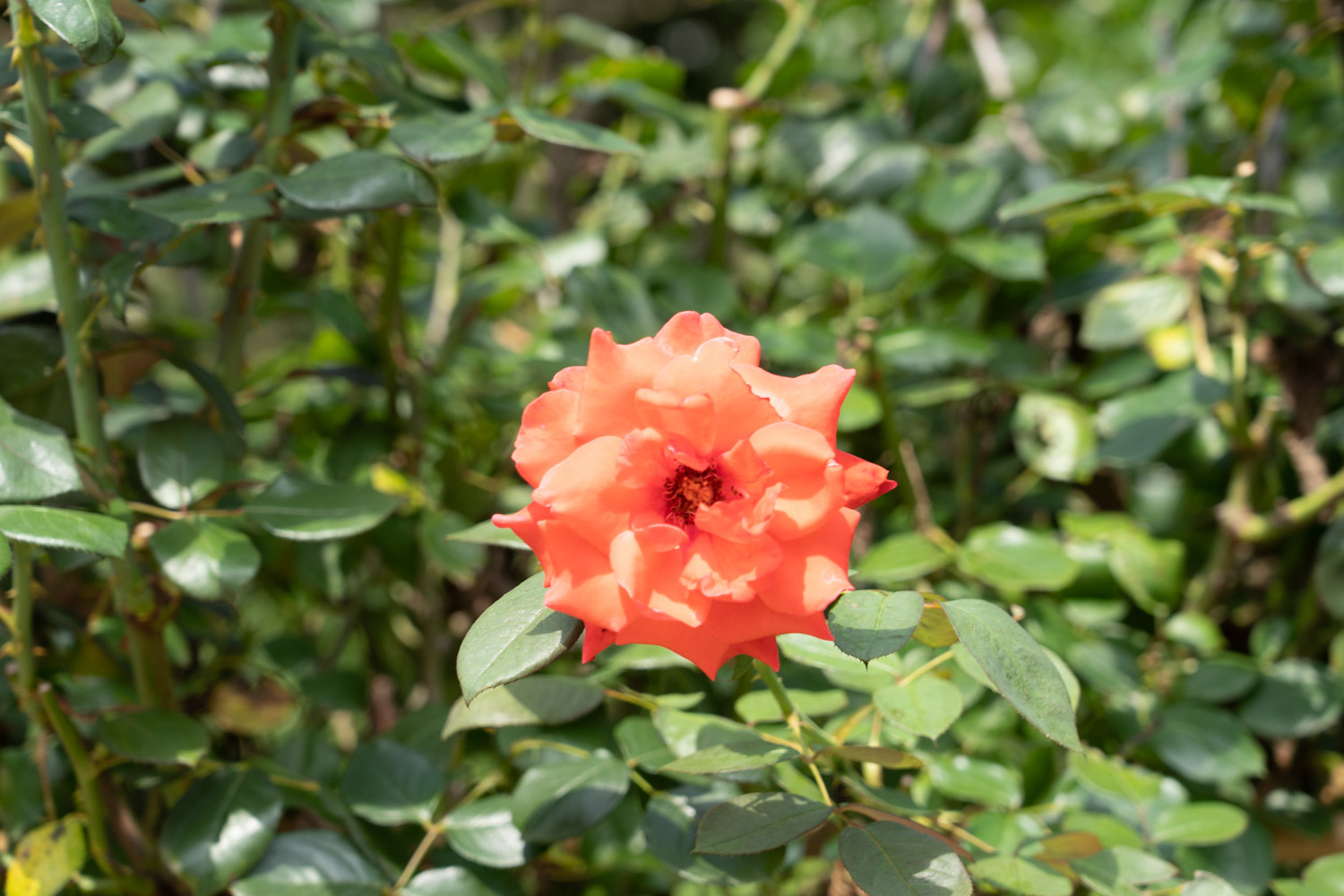
3、 Problem diagnosis and treatment
1. Diseases: Generally speaking, diseases are common in summer, such as "anthrax" and "leaf blight", which can be sprayed with chemicals
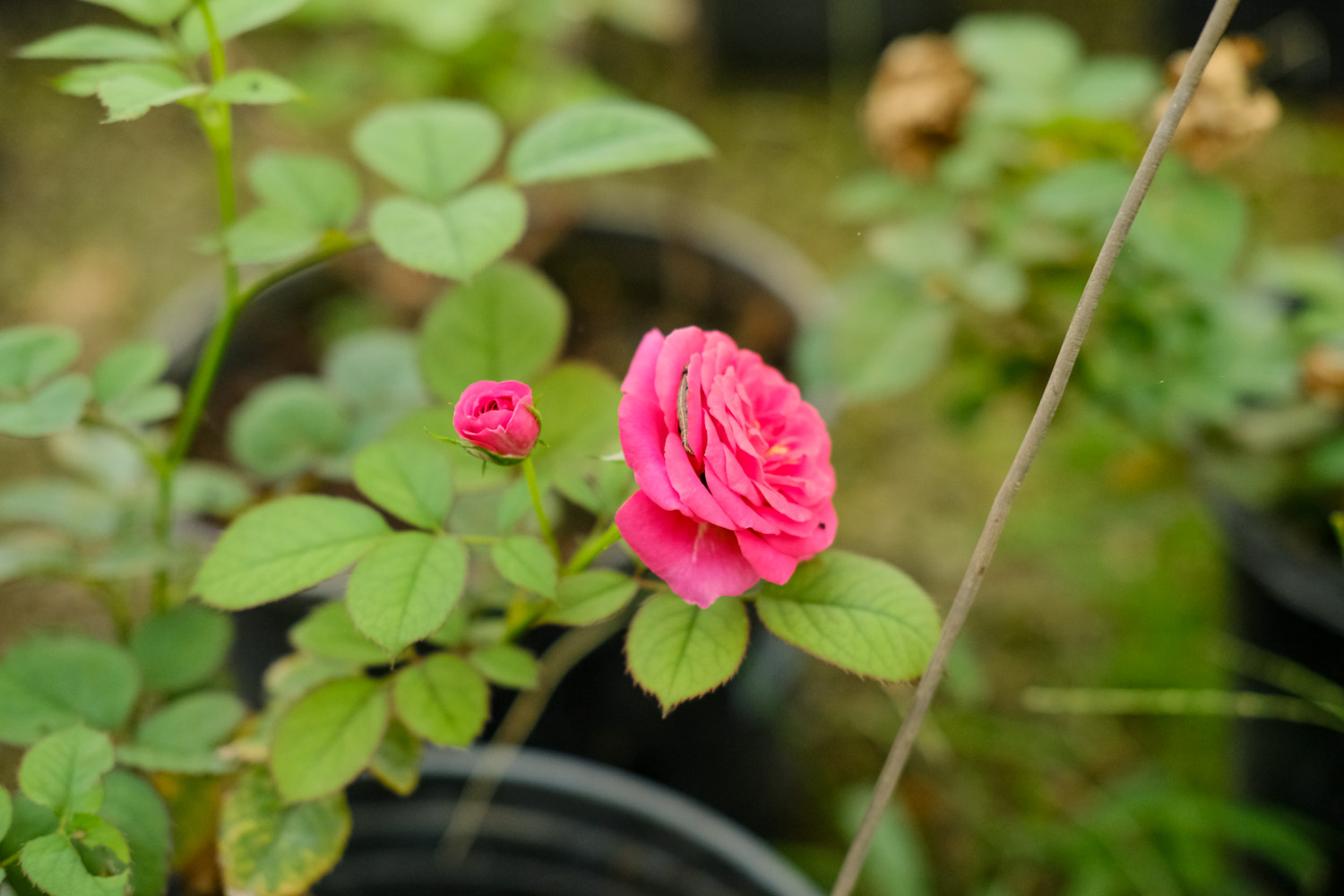
2. Pests: there are many kinds of pests. There is a "thorn moth", which can be used as trichlorfon. There are also "cinnabar spider mites", which can be killed by using their phototaxis. There are also "core worms", which can also be used as pesticides

4、 Other issues
1. Toxicity: it is not toxic
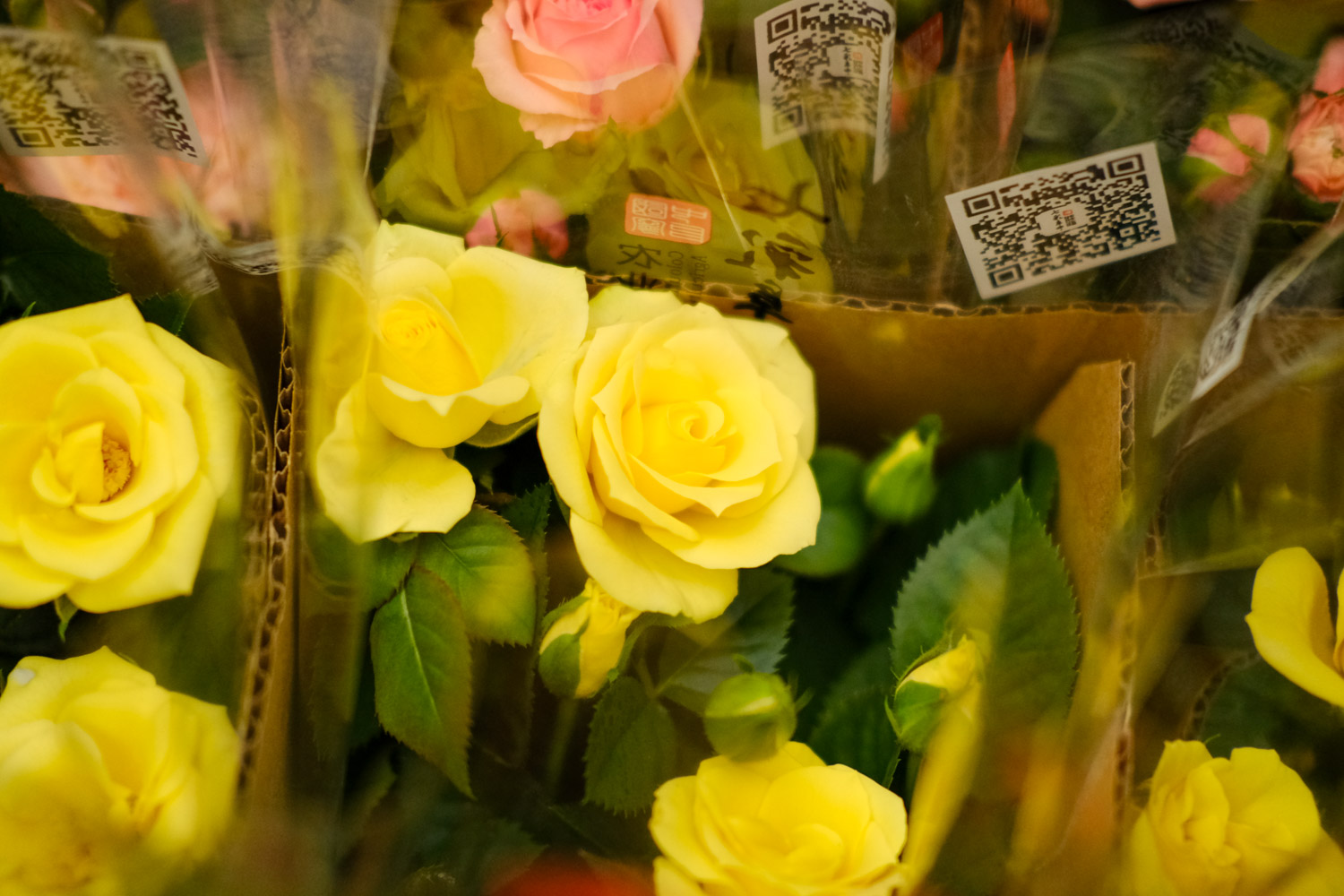
2. Whether it can be raised at home: it is small in size and good for viewing. It is suitable to be placed at home< a>


 how many times do yo...
how many times do yo... how many planted tre...
how many planted tre... how many pine trees ...
how many pine trees ... how many pecan trees...
how many pecan trees... how many plants comp...
how many plants comp... how many plants can ...
how many plants can ... how many plants and ...
how many plants and ... how many pepper plan...
how many pepper plan...
